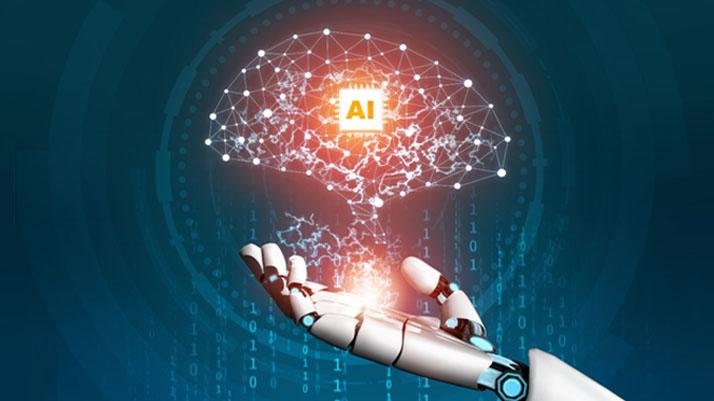Providing amazing customer service is one of the primary goals of any business. In the current scenario AI Chatbots are turning out to be the safest way to interact with customers. Chatbots allow us to eliminate a fair share of the ‘human’ factor from the interaction chain. Especially for answering standard queries and sharing general or specific information that customers might require. Whether a customer is retained or not is highly dependent on how smooth their initial interaction with the company is and how well they are treated during this crucial step.
Chatbots work along the same lines as a human in terms of communicating with prospects, but it is more apt to say the chatbot works practically the way it is programmed to. Chatbots powered by Artificial Intelligence, do not rely on written process material or videos, it learns from real-time scenarios or the archives of earlier conversations. The way chatbots can stimulate the conversation and keep customers engaged has made them a promising option in the market.
Companies are drawn towards digital services and/or digital platforms today but the apprehensiveness over the loss of existing or potential customers due to unsatisfactory service remains. While most enterprises have more or less accepted the Chatbot trend and are providing a complete digital experience for their customers, some still prefer a human touch or intervention to the transaction.
At times, the communication channel of the chatbot may hit a dead end, and to avoid such situations the most important thing is to have common and critical intents fed to the Bot. But complications could still pop up post ironing all teething issues. The AI Chatbot may be functioning properly but may fail in considering the limits and be unable to deliver information at its best level of proficiency during a customer conversation. At such critical juncture, it is important for a human to take over the conversation to diffuse the situation and avoid the user from taking away a negative experience from the interaction. To avoid such stray experiences, it is necessary to set the communication patterns and expectations, so that users are not let down due to restricted knowledge or competence during communication.
Organizations willing to invest in chatbots need to choose the right platform and have the BRD (Business Requirement Document) ready in hand. They also need to invest time in designing the intents that are recognised by humans and bots. It is also advisable to use a human-agent-based bot, with clear indicators for the agent to understand and pick up the conversation from the bot, to ensure a seamless transition of the customer’s query.
AI Chatbots can efficiently tap into their understanding of automated workflows and knowledge management to ensure the user has a delightful experience where they had a faster resolution of their concerns assisted by technology, in the right way and at the right time. Chatbots have self-service/self-help features that lead users to pointed solutions, web pages and documents instead of deviating them and wasting time. They can also raise a service request ticket on behalf of the customer with all the communication history for the agent to act precisely. They can even book conference rooms and suggest travel itineraries.
So Customer engagement via AI-driven Chatbots is a trend that is here to stay. AI Chatbots are programmed and well-equipped to deal with customers and respond to their queries without human interference. This not only increases efficiency but makes great strides in reducing the workload of customer support teams and at the same time ensures a smooth transition for the customer.
Embrace AI-powered customer acquisition, support and engagement.
Drive business continuity and growth
Data References:
Top 12 Benefits of Chatbots: Comprehensive Guide [2020 update], MAY 12, 2020 by AI Multiple based on Drift’s 2018 State of Chatbots Report.
https://research.aimultiple.com/chatbot-benefits/
What Is a Chatbot and How Is It Changing Customer Experience? APRIL 25, 2019 by Salesforce Blog.
https://www.salesforce.com/blog/2019/04/what-is-a-chatbot.html
Chatbot Report 2019: Global Trends and Analysis, APRIL 19, 2019 by ChatBot Magazine
https://chatbotsmagazine.com/chatbot-report-2019-global-trends-and-analysis-a487afec05b
4 Evolving Technologies That Are Empowering Chatbots by AITHORITY, JAN 16, 2020
https://www.aithority.com/guest-authors/4-evolving-technologies-that-are-empowering-chatbots/
Two-out-of-three Americans interact with AI chatbots, but we still prefer humans by ZDNET, MAY 18, 2019
https://www.zdnet.com/article/two-out-of-three-americans-interact-with-ai-chatbots-but-we-still-prefer-humans/
Conversational AI Statistics: NLP Chatbots in 2020 by Landbot.io FEB 21,2020









